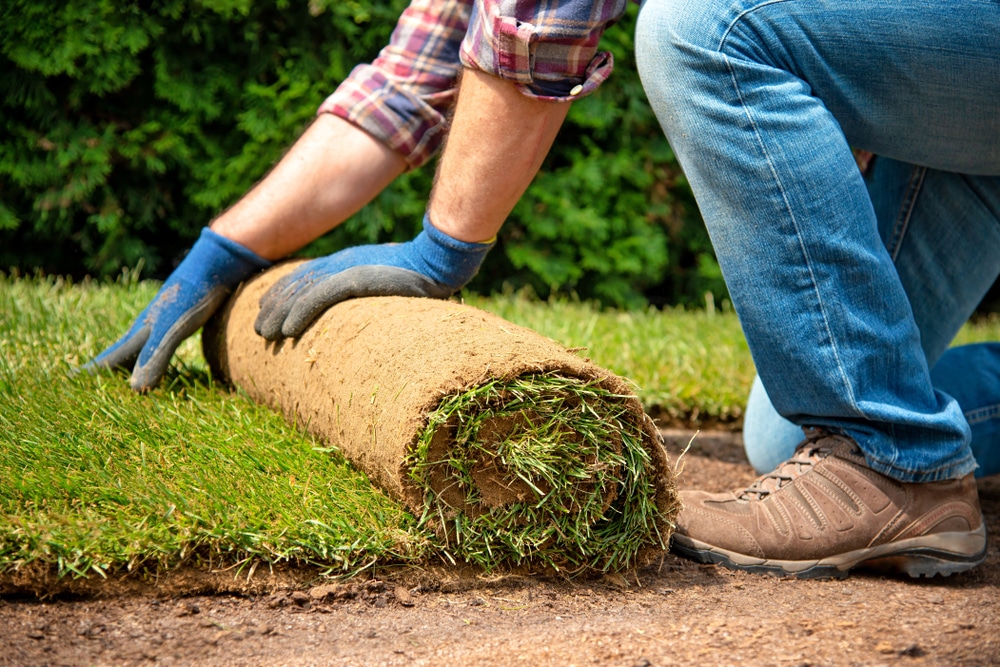If you live in an area with sandy soil or have just had some building work done and there’s some sand left over, you may be wondering if you can lay sod directly over the sand. The short answer is yes; you can plant sod over sand. However, there are a few things to consider first. This article will answer the question, ‘can you plant sod over sand?’
We’ll give you tips to help you grow a healthy lawn if you live on the coast and have sandy soil.
Can you plant sod over sand?
If you’ve just removed your patio slabs to find sand underneath, don’t panic. You can still plant sod over the sand as long as you first change the structure of the soil.
Before laying your sod over sand there are a few things to consider. It’s a good idea first to identify your sand type. If you have sandy soil, the sand is likely coarse. This type of sand is not ideal for sod because it will not hold onto water. The sod may dry out quickly and die. If your soil contains a lot of coarse sand, it would be a good idea to mix in some compost or topsoil before planting the sod.
Fine sand will hold onto water better than coarse sand. This type of sand is a good choice for planting sod. You should still mix the sand with topsoil to help the sod roots take hold.
If you live in a coastal area, the sand will likely be salty, making it hard to grow grass and other plants. If this is the case, adding soil amendments before planting is a good idea. You can use a lawn fertilizer that has a high nitrogen content. This will help the sod to grow and establish itself well.
The structure of sand or sandy soil can be changed by adding one or more of the following:
- Topsoil
- Compost
- Manure
- Mulch
- Peat soil
Laying sod directly over sand without first amending it will likely cause the grass to suffer. Grass that’s growing in sand won’t have a very good root system.
How to lay sod on sandy ground?
Once you have considered the type of sand you have and decided which variety of grass to plant, you are ready to lay the sod. It is best to lay the sod in the early morning or evening when it is cooler. This will help prevent the sod from drying out quickly and dying.
To lay the sod:
- Clear any debris from the area where you will be planting.
- Remove any rocks or roots that could impede the growth of the sod.
- If you have sandy soil, mix it with topsoil and compost. This will help the sod to take hold and establish itself quickly.
Lay the sod pieces gently on the ground, ensuring they fit snugly together. Use a garden hose or another method to water the sod immediately after you have laid it.
Water the sod every day for at least two weeks or until the roots have taken hold. Once the grass is established, you can water the sod less frequently. It’s also a good idea to avoid walking on freshly lain sod and keep children and pets off the area.
Conclusion
It’s best to amend the soil by adding compost or topsoil if you have sandy soil. If you follow these tips, you will be able to plant sod over sand and grow a healthy lawn successfully.

